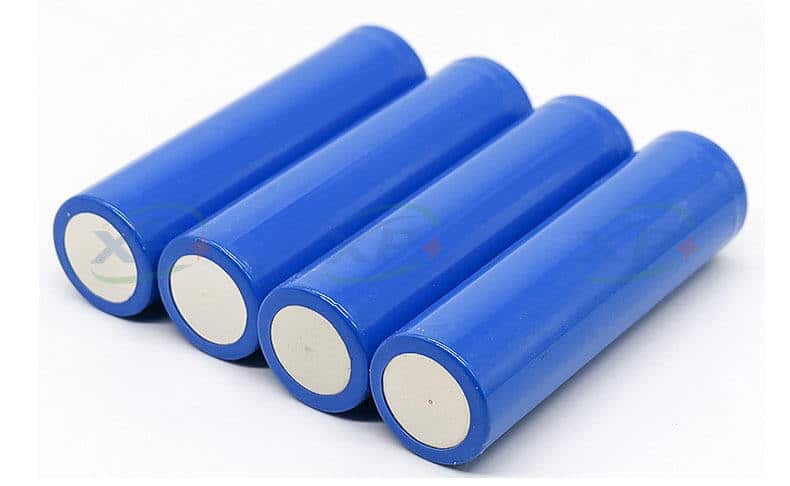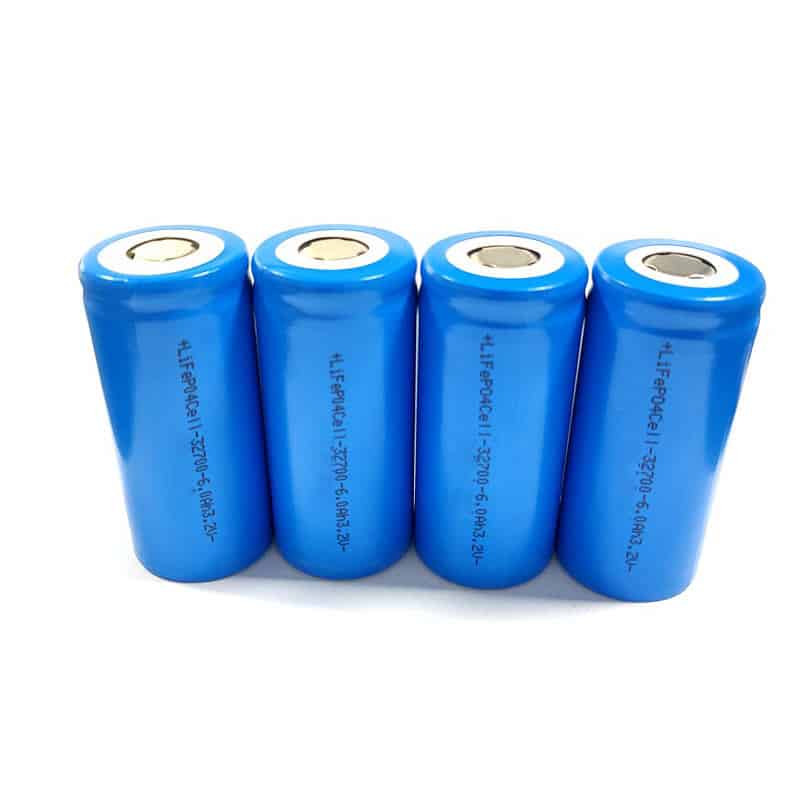How to prevent short circuits in lithium batteries
Short circuits in lithium batteries can be prevented by following some best practices during the design, manufacturing, and use of the batteries. Here are some tips:
1. Use high-quality materials: High-quality materials should be used in the construction of the battery to prevent the occurrence of short circuits. This includes the use of high-quality separators, electrolytes, and electrodes.
2. Proper insulation: The battery should be properly insulated to prevent any contact between the positive and negative terminals. This can be achieved by using a separator that is thick enough to prevent any contact between the electrodes.
3. Avoid mechanical damage: Mechanical damage to the battery can cause a short circuit. Therefore, the battery should be handled with care and protected from any physical damage.
4. Avoid overcharging and over-discharging: Overcharging or over-discharging a lithium battery can cause a short circuit. Therefore, the battery should be charged and discharged within the recommended voltage range.
5. Use protection circuits: Protection circuits can be added to the battery to prevent overcharging, over-discharging, and short circuits.
6. Proper storage: Lithium batteries should be stored in a cool and dry place. Exposure to high temperatures or humidity can cause the battery to degrade and increase the risk of short circuits.
By following these best practices, the risk of short circuits in lithium batteries can be significantly reduced.
For the separator, the porosity is about 40% and the distribution is uniform. A separator with a pore size of 10nm can prevent the movement of extremely small particles, thereby improving the safety of lithium-ion batteries;
The insulation voltage of the diaphragm is directly related to its ability to prevent contact between positive and negative electrodes. The insulation voltage of the diaphragm depends on the material, structure, and assembly conditions of the battery.

The composite diaphragm (such as PP/PE/PP) with a large difference between the thermal closing temperature and the melting temperature can prevent the battery from Thermal runaway. Coating the surface of the diaphragm with a ceramic layer to improve its temperature resistance. The use of low melting point PE (125 ℃) has a closed cell effect at lower temperatures, while PP (155 ℃) can maintain the shape and mechanical strength of the separator, prevent positive and negative electrode contact, and ensure the safety of the battery.
Everyone knows that replacing metal lithium negative electrodes with graphite negative electrodes can transform the deposition and dissolution of lithium on the surface of the negative electrode during charging and discharging into the insertion and detachment of lithium in carbon particles, preventing the formation of lithium dendrites. However, this does not mean that the safety of lithium-ion batteries has been resolved. During the charging process of lithium-ion batteries, if the positive electrode capacity is too high, metal lithium will deposit on the negative electrode surface, and if the negative electrode capacity is too high, the battery capacity loss will be severe.
The coating thickness and uniformity also affect the insertion and removal of lithium ions in the active substance. For example, the density of the negative electrode surface is thick and uneven, so the polarization size varies at different points during the charging process, which may lead to local deposition of metallic lithium on the negative electrode surface.
In addition, improper usage conditions can also cause short circuits in batteries. At low temperatures, due to the deposition rate of lithium ions being greater than the insertion rate, metal lithium deposits on the electrode surface, causing short circuits. Therefore, controlling the proportion of positive and negative electrode materials and enhancing the uniformity of coating are the key to preventing the formation of lithium dendrites.
In addition, the crystallization of adhesives and the formation of copper dendrites can also cause internal short circuits in batteries. In the coating process, all solvents in the slurry are removed by coating and baking heating. If the heating temperature is too high, the adhesive may also crystallize, causing the active substance to peel off and causing internal short circuits in the battery.
Under over discharge conditions, when the battery is over discharged to 1-2V, the copper foil used as the negative collector will begin to dissolve and precipitate on the positive electrode. When it is less than 1V, copper dendrites will appear on the surface of the positive electrode, causing internal short circuits in the lithium-ion battery.


